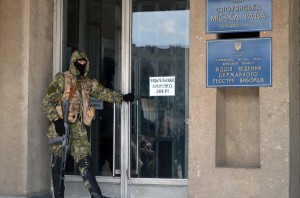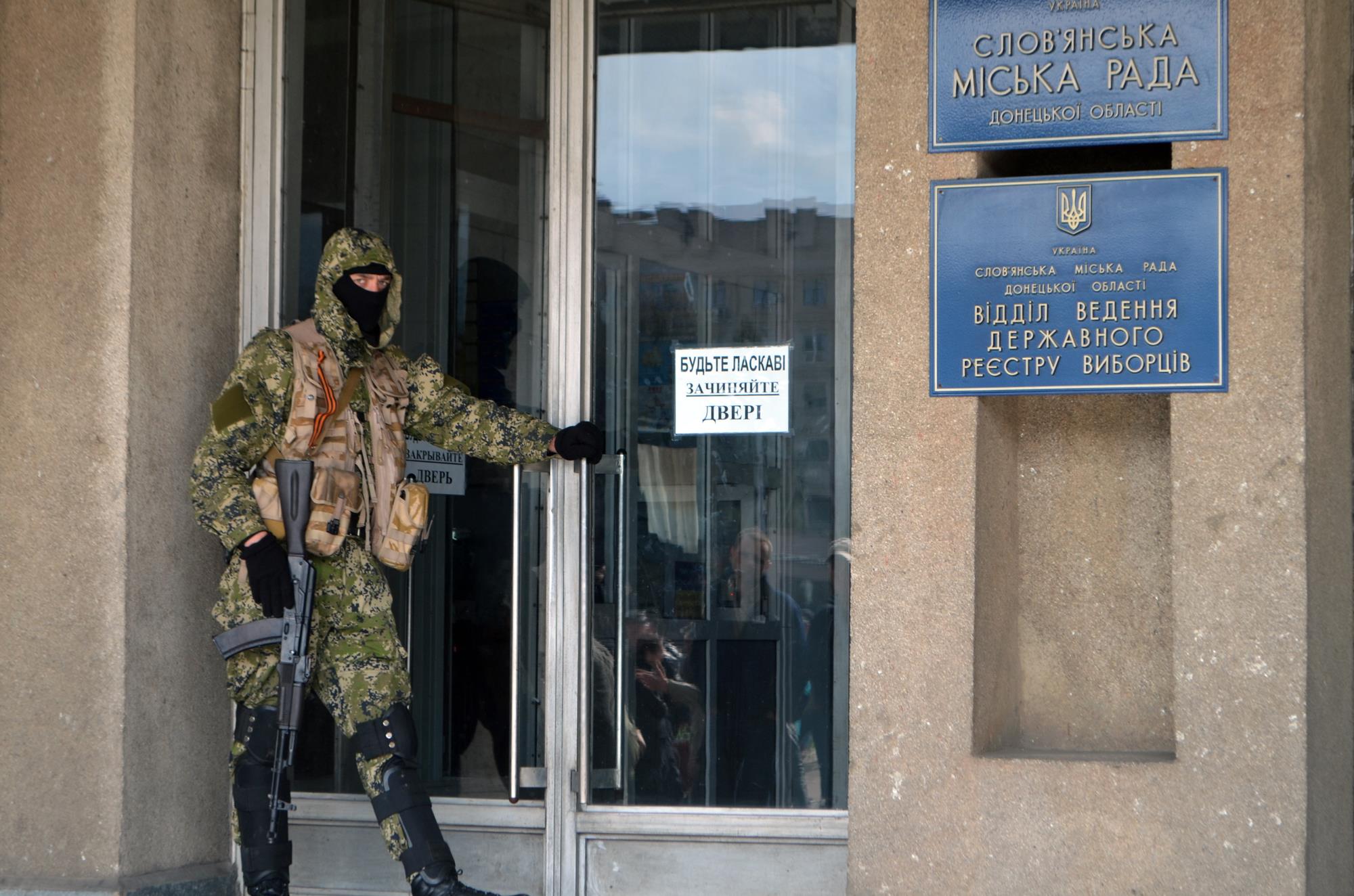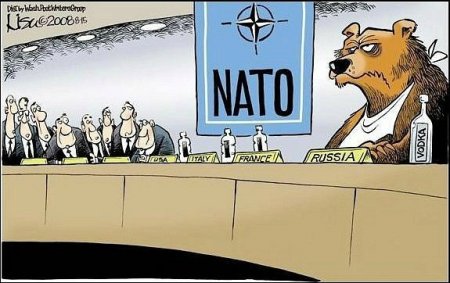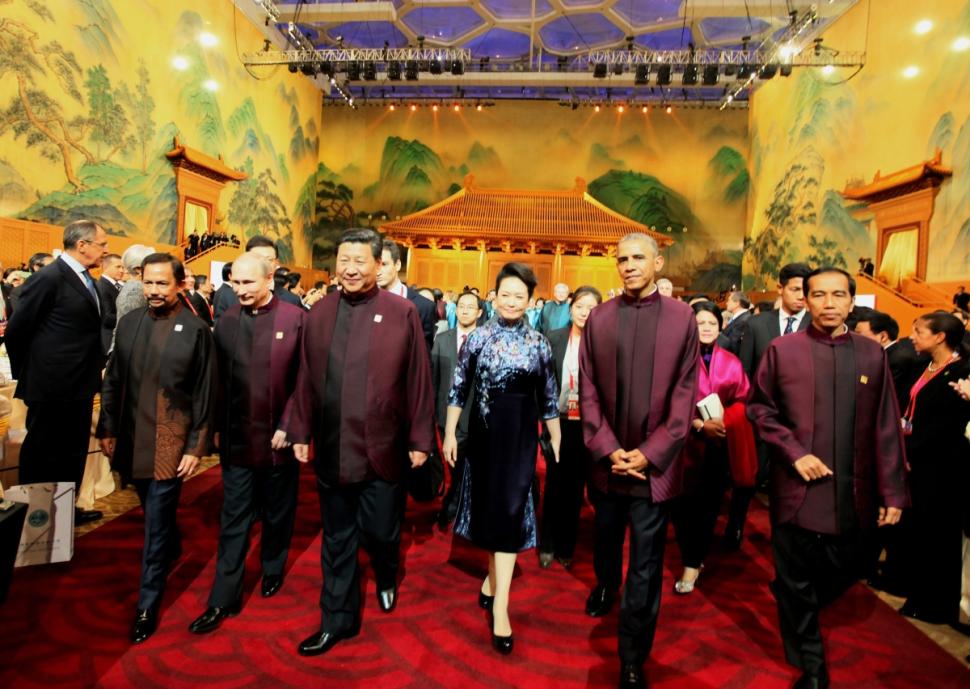Reflecting on the events of the year to date in Ukraine, the ongoing conflict seems surreal. With its ‘humanitarian’ convoy of nearly empty trucks and the sightings of ‘little green men’, this resembles no other conflict in recent memory. There is a reason for this; the Russian Federation has been developing a new doctrine on warfare and has chosen Ukraine’s Crimea and Donbas regions as the battlefield on which to unveil it.

Called ‘new generation warfare’ by Russian strategic thinkers, this doctrine is a response to the perceived gap in conventional military capabilities between Russia and the NATO member states. Though it was inspired by or originated in the United States under the term ‘fourth-generation warfare’ (4GW) as a means of explaining the increasingly sophisticated tactics of the Sunni insurgency in Iraq, the doctrine has been adapted further by Russia’s leadership. Whereas the doctrine of NATO member states tends to focus on defeating the enemy through the application of overwhelming force in direct combat, 4GW is concerned primarily with information and psychological warfare, eschewing direct engagement with the enemy for asymmetric operations.
Though the principles remain strikingly similar to 4GW, the important difference is that 4GW is masterminded by non-state actors, while the Russian doctrine is based on considerable state support for the destabilizing actions of insurgency. In particular, Special Forces establish partnerships with and organize militias, whether they are homegrown or imported. This partnership gives the insurrection the appearance of being a spontaneous uprising by the general populace. Long-range artillery fire and air strikes are used in order to eliminate strong points or valuable infrastructure in the target state in order to weaken that country’s hold on the disputed territory. With the advent of drones and cyber warfare, plausible deniability can be ensured to an even greater extent than the initial authors of this doctrine could have ever thought possible in the 1990s.

This is not merely a matter of academic debate among Russian defence experts, however. The Latvian Ministry of Defence’s analysis of events leading up to Russia’s annexation of Crimea and Sevastopol indicates that the Russian side successfully employed new generation warfare tactics. They destabilized the situation through the use of Special Forces and local militias only to then seize control of the territory with a force of no more than 10,000 troops. The bulk of this force consisted of naval infantry already stationed in Crimea and whose role in the overall operation was rather limited. To emphasize the lack of conventional military might brought to bear by Russia in the Crimean conflict, the heaviest vehicle employed was the wheeled BTR-80 armoured personnel carrier. Meanwhile, Ukraine had 16,000 troops with which to defend Crimea, almost double the size of the Russian force.
In 2010, President Dmitri Medvedev even officially mandated new generation warfare. That year the Kremlin issued the newest ‘Military Doctrine of the Russian Federation’, one of the fundamental strategic planning documents of the country. It identifies Russia’s key interests, the threats to those interests, and what methods and technologies should be employed by the Russian military to secure those interests and combat the aforementioned threats. The influence of the new generation warfare concept is evident throughout the document. Although, Article 13 is of particular interest in that it identifies one of the prerequisites for victory as “the prior implementation of measures of information warfare in order to achieve political objectives without the utilization of military force and, subsequently, in the interest of shaping a favourable response from the world community to the utilization of military force.” The tactics now seen on display in Ukraine have been part of Russia’s official defence policy for more than four years.
Other actors have not allowed this to go unanswered. In June 2013, Admiral James Stavridis, recently retired from the post of Supreme Allied Commander Europe, called for a ‘new strategic triad’. The success of conventional militaries has depended in large part on the cooperation enjoyed by three branches: army, navy, and air force. Stavridis proposed replacing this with a new triad to reflect the intricacies of 21st century warfare: special forces, cyber forces, and drones. Such a restructuring on the part of NATO member state militaries would make the deployment of traditional humanitarian interventions impossible, but it would leave the Alliance well-positioned to engage in operations of the same nature as those envisioned under Russia’s ‘new generation warfare’ doctrine.

Naturally, reciprocation by the United States and NATO would have profoundly negative consequences for the stability of the international community. No longer constrained by public opinion or multilateralism, countries seeking to harness the advantages of Stavridis’ triad would be less accountable for their actions. While this would not necessarily mean a return to the multipolar world of the early 20th century, it would contribute to a kind of Hobbesian anarchy – ‘the war of all against all’, where every other actor in the international system is to be distrusted and could very well present a security threat.
It could be argued rather convincingly that Russia’s actions have ‘let the genie out of the bottle’, so to speak. But in order to avoid an era of shadow warfare, in which every insurgency could be a precursor to an irredentist invasion and any cyber-attack could be state-sanctioned industrial espionage, it is imperative that NATO remain a force for transparency and accountability in the realm of military affairs. Though the Alliance’s member states continue to comply with the letter of the Conventional Forces in Europe Treaty, it is important to never forget the spirit of that treaty, even in the face of Russian obstinacy and aggression.




